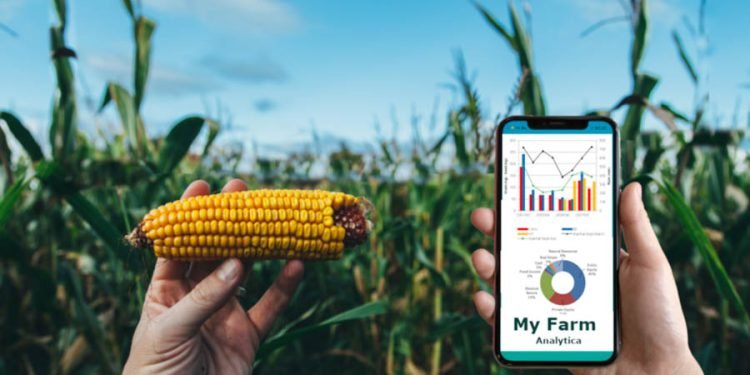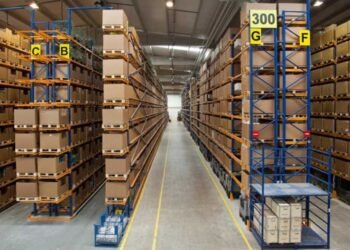For these consumers, understanding the source of their food is critical. They often opt for higher-priced products that are locally grown and organic as they believe these items have better quality. Consumers are demanding more transparency and this has put pressure on the agriculture industry regarding their supply chain and operation practices. To stay competitive, they need to become more open about what they are doing.
Farmers need to stay updated on the latest knowledge & technology in order to keep up with the changing trends.
Data science has revolutionized the farming industry. With it, farmers can track their produce, livestock, and water consumption. As well as identify what diseases or pests may be present in their fields. Moreover, it also offers historical data such as past land usage and hyper-local weather information to help them make informed decisions.
Producers have long relied on their know-how & intuition when it comes to farming, however now their decisions can be made with much more confidence due to the wealth of data available. As such, knowledge and instinct are still very important in agriculture, but they are more informed than ever before.
The Evolution of Data Science in Agriculture
Data science in agriculture is a type of science that uses data to address complex questions in areas such as economics, biology, engineering and computer science.The evolution of data science in agriculture has been a long and complicated journey. From the days when farmers would plant seeds by hand to the days when they could use GPS-enabled tractors to plant their crops with precision, data science has been an integral part of the agricultural industry.
Nowadays, AI is making its way into farming with precision tools such as drones and robots that can help farmers increase yield and reduce cost.Data science is one of the most important tools in agriculture. It helps in making sure that there is no loss of yield and that the crop is being produced at its optimum.
What are the Major Trends in Data Science in Agriculture?
Data science is an interdisciplinary field of study that uses data to make better decisions. It is also a popular field in the agriculture industry. Many companies are investing in data science as it can help them identify trends and opportunities in the agriculture sector. Data science is being used to help farmers with their business decisions, from how much seed they should plant, to how they should manage their crops.
Data science has also been a key tool for companies looking to improve the quality of their products by using big data and artificial intelligence (AI). For example, a company could use AI to predict which crops will be best suited for certain areas based on environmental factors such as soil quality or sunlight availability. Data science is a field that is growing at an exponential rate. The world of data science has been changing rapidly in the last few years. With the increase in data, we are now able to extract insights from it and use them to improve our farming and food production.
How to Get Started with Data Science in Agriculture?
Data science is a new field that has the potential to disrupt traditional agricultural practices. It can be used to predict crop yield, pest outbreaks, and other factors that are critical for agricultural success. With the help of AI tools, data scientists can build predictive models and use them to make decisions in real-time. Data science is a new field that has the potential to disrupt traditional agricultural practices. It can be used to predict crop yield, pest outbreaks, and other factors that are critical for agricultural success. With the help of AI tools, data scientists can build predictive models and use them to make decisions in real-time.
Case studies Data Science UA is becoming a popular profession in the modern world. It is also an important part of agriculture. Data science can be used to help farmers make better decisions, improve crop yields and increase profits. Data science tools are not just limited to data analysis, but they can also create new insights and generate new ideas which may help in the development of new products or management practices.












